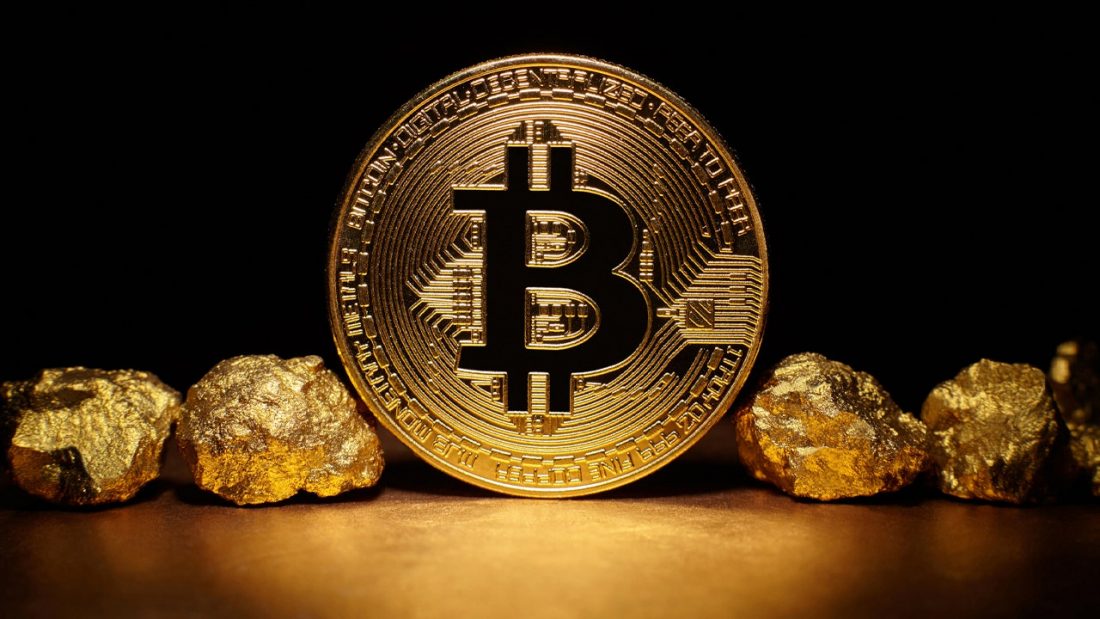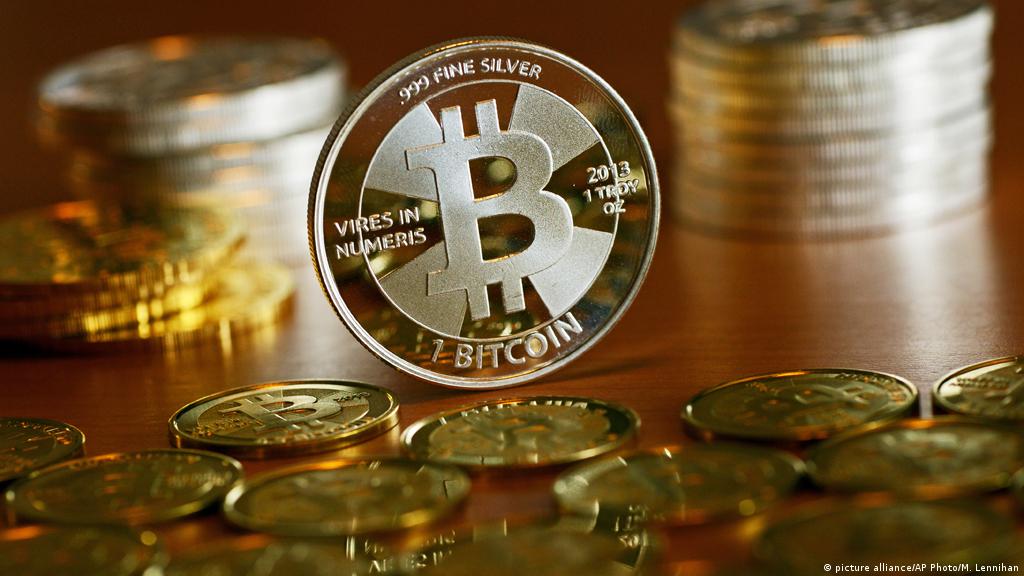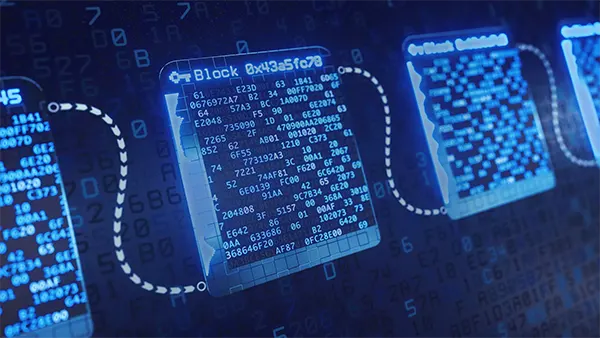
Loopholes In Mining Bitcoin
What Is Meant By Bitcoin Mining?
The backbone of the Bitcoin network happens to be Bitcoin mining. Miners provide protection and confirm transactions via Bitcoin.
Bitcoin is an alternative to a decentralized banking system. It ensures that the Network without any central authority will work and transfer funds from one account to another. Bitcoin mining carries out through highly specially designed computers.
Miners play a role in protecting the Network and processing every Bitcoin transaction. Miners achieve this through solving a computational problem that allows them to chain transaction blocks together. Miners are compensated for this service by newly created Bitcoins and transaction fees.
We can now talk about the Bitcoin Blockchain.
The Bitcoin Blockchain
The Bitcoin blockchain contains registered transactions. These include records of who sent bitcoins, how many, and to whom.
Also, blockchain can be called a ledger. Bitcoin is a virtual currency with a decentralized nature.
It means it doesn’t have any central authority, and nobody trusts anyone, other than payments. Blockchain aids in making them safe. The blockchain’s first key feature is that all valid Bitcoin network participants store the entire blockchain with all of the transactions they’ve ever made, and participants continually add new blocks to the end of the string.
The second main thing is that cryptography is the basis of the blockchain. Mathematical laws, not some person or organization’s reputation, dictate the system’s operation and ensure that everything goes well.
Miners can add new blocks to the Bitcoin Blockchain.
Ultimately, all new bitcoins mint through the mining process — and that’s the only way to create new bitcoins.
There is the creation of a new block every 10 minutes. Two reasons necessitates this.
First, they provide a synchronization constant. Ten minutes gets allocation to the distribution of a block over the Web.
Second, the 10 minutes usage in making the new block look “beautiful” is in math. At the end of the blockchain, there is the addition of only a right and “beautiful” block.
How Does Bitcoin Mining Work
One may ask, What exactly does Bitcoin mining do and the point of bitcoin mining?
Miners protect the Network and confirm transactions with Bitcoin. Every 10 minutes, miners are paying bonuses in the form of new bitcoins for their work. There are numerous aspects and functions of Bitcoin mining, which include Issuance of new bitcoins, Confirming transactions, and Security.
- Mining Is essential to the Issuing of more bitcoin.
Fiat currencies provide by central banks, such as the dollar or euro. With Bitcoin, every 10 minutes, bitcoins are rewarded to the miners.
The rate of the Issuance embeds on the code, which means that miners can’t fraud the system or create bitcoins from nowhere. To create the new bitcoins, they will use their computational power.
Miners include transactions sent into their blocks on the Bitcoin network.
Only after it includes in a block can a transaction be considered secure and complete.
- Miners secure the Network
Miners protect the Bitcoin network by making an attack, change, or stop hard.
The more miners mine, the more safe the Network is. Reversing Bitcoin transactions is possible only when a network hash power of more than 51 percent.
Miners are the individuals that keeps Bitcoin secure and safe.
Constraints in Bitcoin Mining.
Difficulty increase in mining bitcoin
In 2009, when Bitcoin enthusiasts just learned about Bitcoin, mining was smooth and easy, and one bitcoin was worth about five cents. Let’s say, for example, that there were a hundred miners then. Therefore, miners found it hard to mine a block and gets a reward at least once daily.
It was by the year 2013 when the exchange rate for bitcoins raised to $100 per bitcoin. Miners began making us of mining pools, cartels that “shake” the same candidate block together and then share the reward among the participants.
Then, new hardware which appeared are application-specific integrated circuit (ASIC).
The mining power of ASICs is remarkably higher than that of a general-purpose computer. Huge ASIC-based farms began to appear in different countries and, even better, proximal to a hydropower plant for lower electric costs
Block Reward Halving in Bitcoin Blockchain
For Bitcoin’s design, the block reward, which is automatically received by miners, is halved every 210,000 blocks. This period is roughly a four years duration. It has made it more costly for miners.
Home-based bitcoin mining quickly became pointless.
GPU Mining
Traditionally, Graphics Processing Units (GPU) in the early years of bitcoin mining have more flexibility but not as powerful as the ASIC. Usually, a GPU mining rig consists of a group of GPUs that operates in a computer setup. A more significant number of GPUs gives rise to more hash power. Flexibility is an advantage of the GPU.
These are much easier to buy than ASICs. They are available more readily and lower noise levels, enabling you to use them at home and raising the need for external cooling equipment.
GPUs are short on the fact that design can be complicated. A GPU can not work on its own, so before you can start mining, you will need to build a fully functioning machine. And with high strength comes excellent use of energy.

Application-Specific Integrated Circuit (ASIC Mining);
ASICs are custom designed to match a single hash algorithm. So you need to purchase separate ASICs for every single coin you want to mine.
ASICs, A secure ASIC is costlier and not always comfortable nor easy to find.
Billions per second of hashes come with some drawbacks.
Due to intense hashing, ASICs give off extreme heat and always require proper cooling; Cooling the chips effectively requires fans making a lot of noise. ASICs may cost a large number of electric bills but bear in mind that they are usually more economical than GPUs to run.
Another downside with ASICs is that they have a short lifespan, and any changes in a coin hashing algorithm will render them obsolete overnight.
ASICs are similar to plug-in and play, and need no expertise. ASICs are configurations which are pre-constructed and have very minimal problems at first.However, they do not have any resale value – once they become redundant, they become garbage.
Controversies Against ASIC Mining
Compounding the problem is that Bitmain, a Chinese hardware supplier, has what many in the industry view as a monopoly in the production of ASIC mining equipment with dominant patents. They maintain around 50 percent of the overall Bitcoin network’s mining hash power. Bitmain is growing more reliable and competitive due to the advantage they have of their highly powerful mining hardware.
The various machines used to mine bitcoin is different from that of others.
For example, a bitcoin mining machine has a hash rate different from that of ethereum. It can be determined by the various algorithms that cryptocurrencies use because they don’t require the same amount of memory and computation during mining.
The Connection Between Hash Rate, Miner’s Profitability, And Difficulty
The hash rate, the income of miners, and the difficulty rely on many ways. In the bitcoin mining scenario, each time the Bitcoin network’s difficulty increases, the hash rate also increases. Thus, the miner’s earning is 12.5 BTC plus the transaction fees. Within the Bitcoin network, the number of miners raises the complexity, as a miner needs to measure more guesses per second.
The Impact Of Electricity On Profitability
A bitcoin mining device like ASIC currently has mining power of roughly 12 terahashes per second. The machine can produce 0.318 BTC per annum, after considering the difficulty of today.
When assessing profitability, however, you need to remember the cost of electricity linked to the mining equipment. It is known as the miner’s efficiency. An increase in the trouble of mining a cryptocurrency increases the value of power.
For example, a mining machine with a hash rate of 10 percent higher than another has a 50 percent higher cost of energy and is both inefficient and less profitable.
Therefore, the hash rate is a necessary factor to examine when mining as well as consideration of the efficiency.
High Energy Consumption
The amount of energy consumed by mining seems to go up. The energy used by each mining rig increases as mining hardware gets better at solving blocks. The miners are also searching for mining equipment with a higher hash rate to keep ahead of their competitors. The hash rate is the velocity at which the miner can provide answers to the math problem.
The hash rate is the velocity at which the miner can provide answers to the math problem when the hash rate is high, the quicker and appropriate response to the question.
Initially, a regular CPU was simple enough to solve the problem. Still, when more miners entered the Network, and the issue became far more complex, miners noticed that GPU was better suited to solving the problem. A few years later, it was FPGAs, and then ASICs – application-specific integrated circuits – were better suited to solving a problem than GPUs.
Final Conclusion
Unlike cryptocurrency trading or mere buying of a coin, Bitcoin mining involves the use of specialized computers in detecting blocks by solving extremely complicated mathematical problems. Bitcoin miners can add a new block to the existing blockchain by addressing the specific issue, which makes transactions legitimate.
Before now, regular computers used in bitcoin mining, but such is no longer feasible today. The difficulty levels have upgraded from computer CPU capacities to confiscated GPUs and ASICs. And so is the cost too.
We can’t also undermine the wastage of electricity that is involved in mining bitcoin.
Difficulty in mining has increased over the years as the number of miners increased. In the case of bitcoin, the block reward divides into half at fixed intervals.
It is also not recommended for one to mine alone because pool mining has proven to be more advantageous.
Without proper planning and expertise, it is effortless to lose a lot of money in mining bitcoin.
If you like to read more Articles on Bitcoin Mining then you should visit here Xtrgatescam
Popular
-
Pasino Online Casino Review
Pasino online casino is a popular gaming platform that offers …

-
Blockchain in Insurance: Automating Payments and Risk Management
Blockchain is one of the most promising technologies of our …

